Owner Private, Military Condition Standing Year built 1939 | Open tothe public No In use 1939–2000 (2000) | |
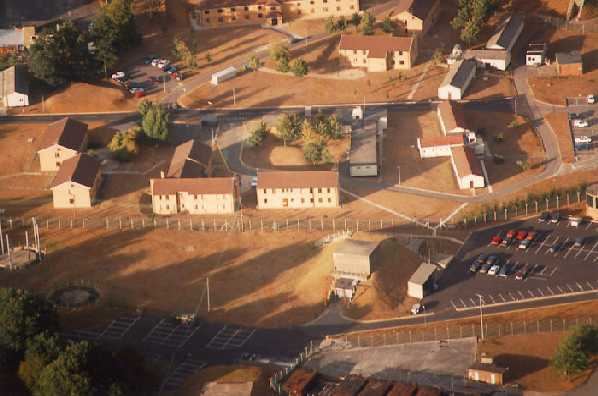 | ||
Battles/wars Battle of BritainNo.10 Group Fighter Command, Europe December 1939 – May 1945 | ||
Raf rudloe manor site1 drone secret ufo department
RAF Rudloe Manor, formerly RAF Box, was a Royal Air Force station located north-east of Bath, England, between the settlements of Box and Corsham, in Wiltshire. It was one of several military installations situated in the area and covered three dispersed sites.
Contents
- Raf rudloe manor site1 drone secret ufo department
- A year ban for a seatbelt thanks raf rudloe manor
- Function
- Later use
- References

A year ban for a seatbelt thanks raf rudloe manor
Function
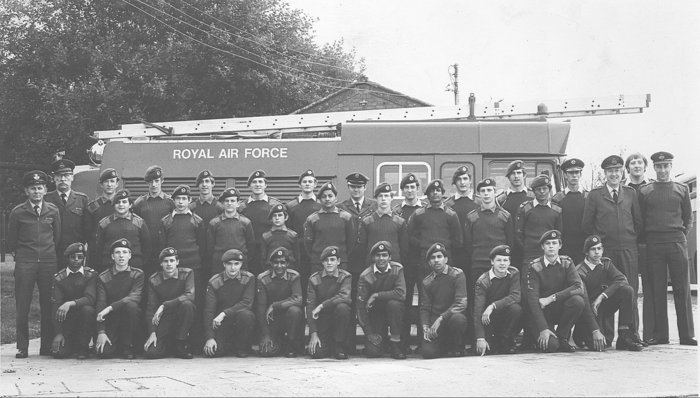
The station was established on top of quarries from which Bath Stone had been extracted. In the 1930s some of the tunnels had been converted for use as a Central Ammunition Depot. The vast caverns had some 2,250,000 square feet (209,000 m2) of space, divided into many smaller chambers.
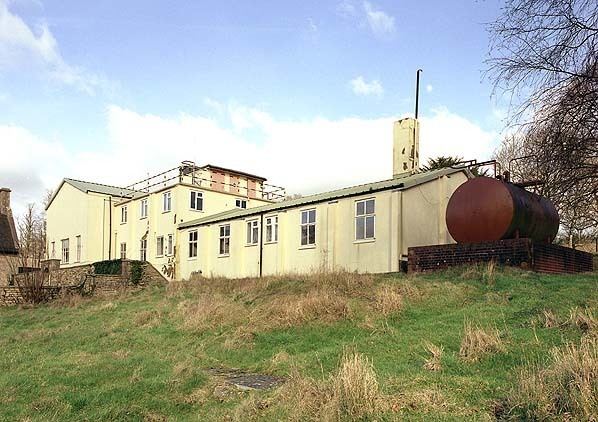
The station was established in Spring 1940 to act as headquarters for No. 10 Group RAF, whose area encompassed South West England and South Wales. No. 10 Group was disbanded in May 1945.
The operations room, responsible for directing RAF aircraft in the No. 10 Group area, was initially located in a block adjacent to the old manor. In 1940 it was relocated into the north end of an underground bunker in Browns Quarry. The operations room became disused in May 1945 when No. 10 Group was disbanded.
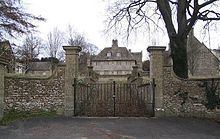
The Filter Room, responsible for filtering large quantities of intelligence on enemy activity before it was passed to the operations room, was located in the south end of the underground bunker in Browns Quarry and became operational in 1940. The filter room became disused in May 1945 when No. 10 Group was disbanded. Eileen Younghusband, who served in various filter rooms, recounted her experiences at Rudloe Manor in her 2011 memoir, "One Woman's War".
The members of the Women's Auxiliary Air Force who manned the bunker were billeted at nearby Hartham Park.
Later use
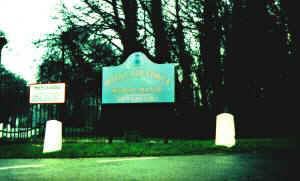
Following the end of the Second World War, the wider site continued as both a communications hub and home of various administrative units. No.1 Signals Unit was established to manage all UK terrestrial communications infrastructure for the RAF. With the launch of the UK Satellite Communications System, Skynet, in the late 1960s, the site of Controller Defence Communications Network (CDCN) was established. A spacecraft operations centre was established by 1001 Signals Unit, the spacecraft operations organisation, on a small enclave within the site, known as Hawthorn.
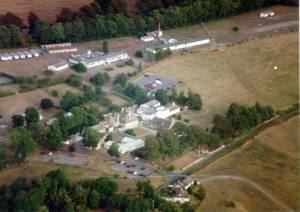
The headquarters of the RAF Provost and Security Service (P&SS) was established nearby, although on the closure of the station it moved to RAF Henlow.
RAF Rudloe Manor was the location of Headquarters Southern Area Royal Observer Corps (ROC) from 1952 until 1980, when it was relocated to Lansdown near Bath. Co-located with the ROC was Headquarters Southern Sector United Kingdom Warning and Monitoring Organisation, responsible for the now-defunct Four-minute warning in the event of nuclear attack during the Cold War.
The site was adjacent to Basil Hill Barracks, the Headquarters of No. 2 Signal Brigade, HMS Royal Arthur and the Royal Naval Stores Depot (RNSD) Copenacre.
The station was closed in 2000. The Defence Communication Services Agency (DCSA) took responsibility for the sites, and was reorganised into the Information Systems & Services cluster in 2008.
